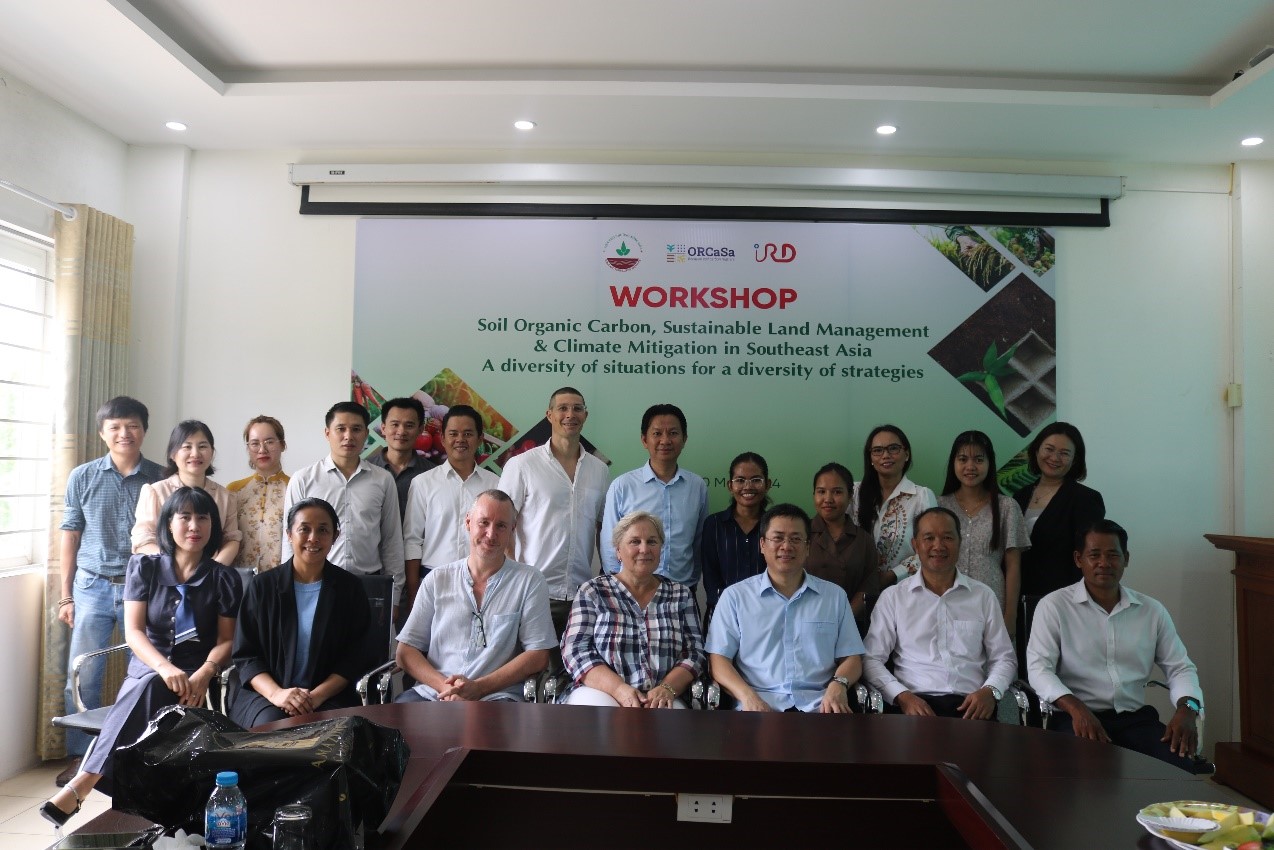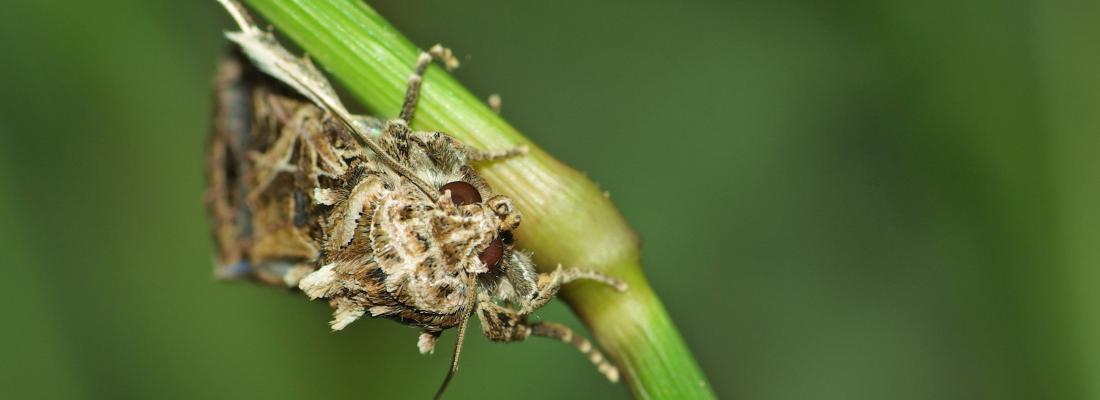The names of the nine nominees have been revealed by the science and innovation juries. Discover their profiles and projects. Three winners, one per region, will be rewarded for their impactful and innovative projects. Among them, Ratha Muon PhD student from iEES Paris. The selected projects focus on research themes that address societal challenges supported […]
Lire la suite / Read more
In Ottawa, negotiations aimed at signing an international treaty limiting plastic pollution moved in the right direction during a penultimate cycle, which ended Tuesday April 30. A summit placed under the aegis of the United Nations and attended by Marie-France Dignac and Jean-François Ghiglione, two researchers at Sorbonne University. The establishment is the first French university to be accredited by the United Nations Environment Program, allowing it to take part in international negotiations.
"DCFE" Department,
“CoMIC” Team,
“CReA” Team,
“Ecosens” Department,
“FEST” Team,
“Sols_ZC” Department,
Books,
INRAE,
IRD,
Political commitments,
Sorbonne University,
Type of news
Lire la suite / Read more
Organized by Dr. Tran Minh Tien, from the Soils and Fertilizers Research Institute (SFI), Pascal Jouquet, from the Institute of Ecology and Environmental Sciences of Paris (iEES Paris) and the Institute of Research for Development, France (IRD), a regional workshop was held at SFI, Hanoi, from May 27th to May 31st, on “Soil organic matter […]
Lire la suite / Read more
To extract any adaptive benefit, the circadian clock needs to be synchronized to the 24-h day-night cycles. We have investigated if it is a general property of the brain’s circadian clock to recognize social interactions as external time givers. Sociosexual interactions with the opposite sex are universal, prevalent even in the lives of solitary animals. […]
Lire la suite / Read more
Emmanuelle Jacquin-Joly was invited to give a talk at the agricultural ministers’ conference of date producing and processing countries around the world, organized in Adu Dhabi, United Arab Emirates, on February 26 and 27, 2024. Her presentation focused on the possibility of combating the red palm weevil through a better knowledge of its odorant receptors, and in particular its pheromone aggregation odorant receptor.
Lire la suite / Read more
International research led by CSU suggests that studying root function in tropical forests could help vegetation models improve predictions of climate change.
Lire la suite / Read more
Ajoutez votre titre ici Lorem ipsum dolor sit amet, consectetur adipiscing elit. Ut elit tellus, luctus nec ullamcorper mattis, pulvinar dapibus leo.
Lire la suite / Read more
The international ecological field station of Lamto of the Nangui Abrogoua University, Ivory Coast History of the station The ecology station of Lamto was created in 1962 by Maxime Lamotte who was directing the laboratory of Zoology of the Ecole Normale Supérieure in Paris, and Jean-Luc Tournier, who was directing the French Institute of Black […]
Lire la suite / Read more
Flourishing recent comparative studies on senescence have revealed an uncovered diversity across the tree of life of the shapes of the age trajectories of mortality (actuarial senescence) and to a lesser extent of reproduction (reproductive senescence). Evolutionary theories have been called up to explain why some species suffer from positive senescence while others benefit from […]
Lire la suite / Read more
On October 24 and 25, the Ecosens department hosted the ADALEP (Adaptation of Lepidoptera) national network days on the INRAE Versailles-Saclay campus. Around two plenary conferences given by invited researchers from New Zealand (Invasomics Lab; Institute for Plant and Food Research). These days brought together more than twenty presentations on invasions, expansion fronts, adaptation and […]
Lire la suite / Read more







